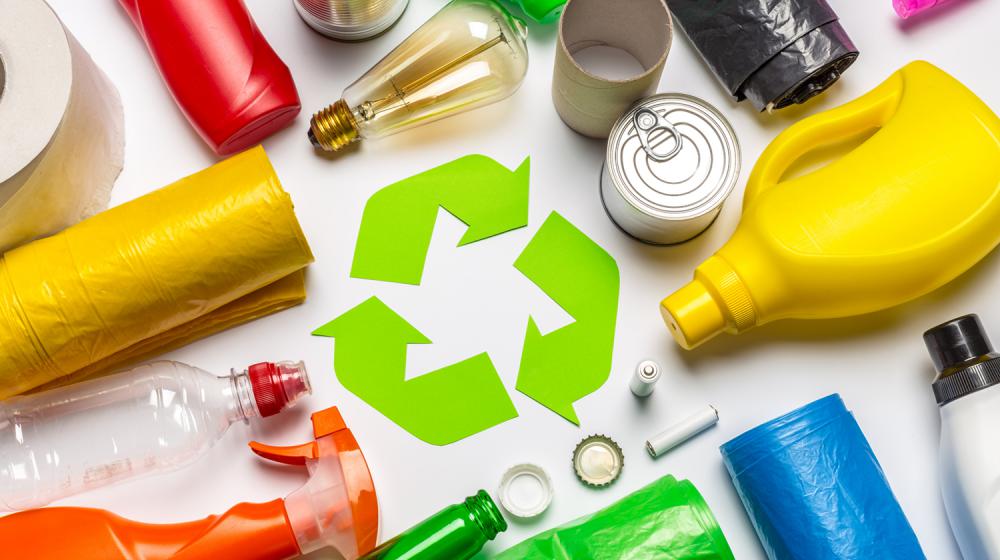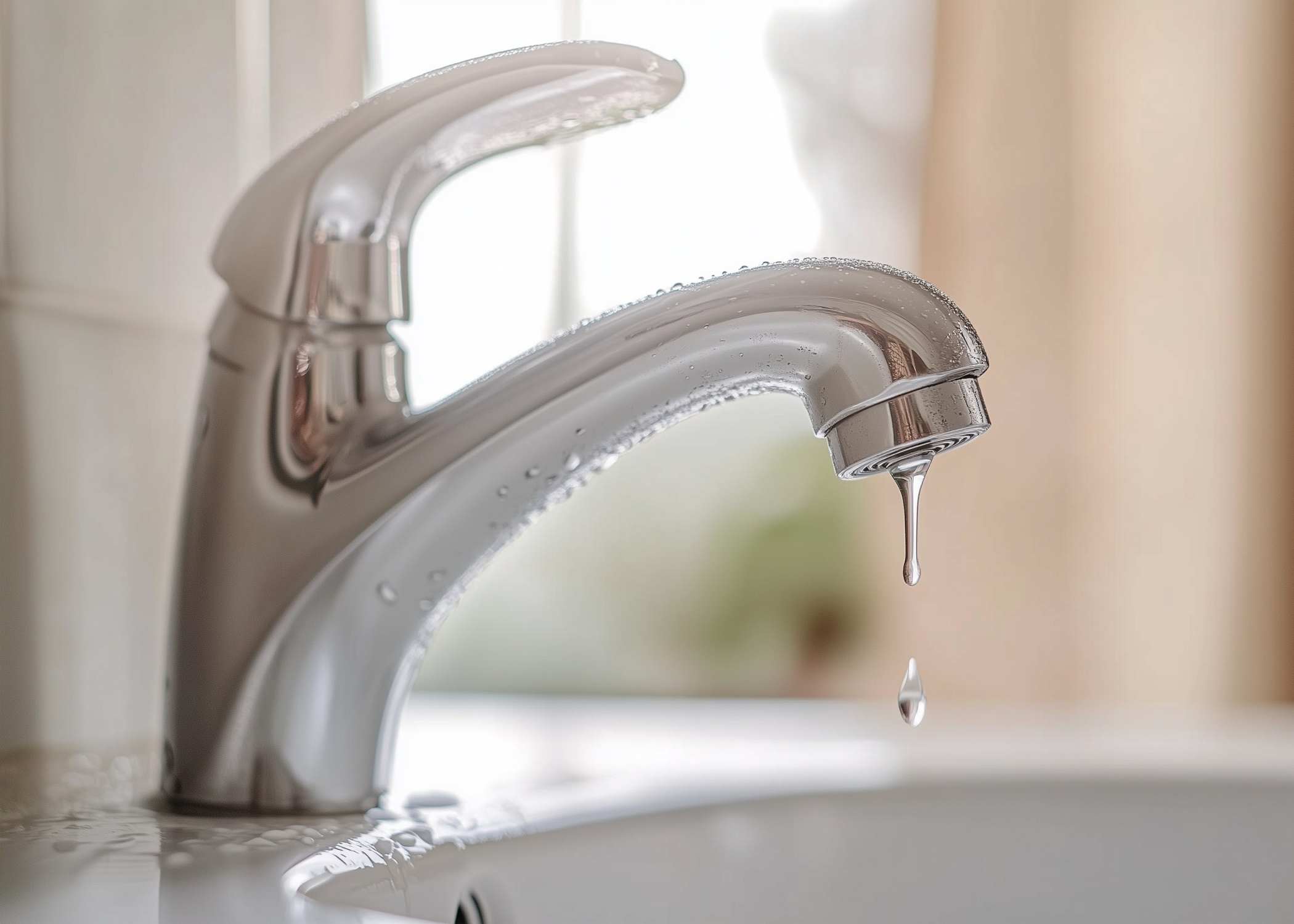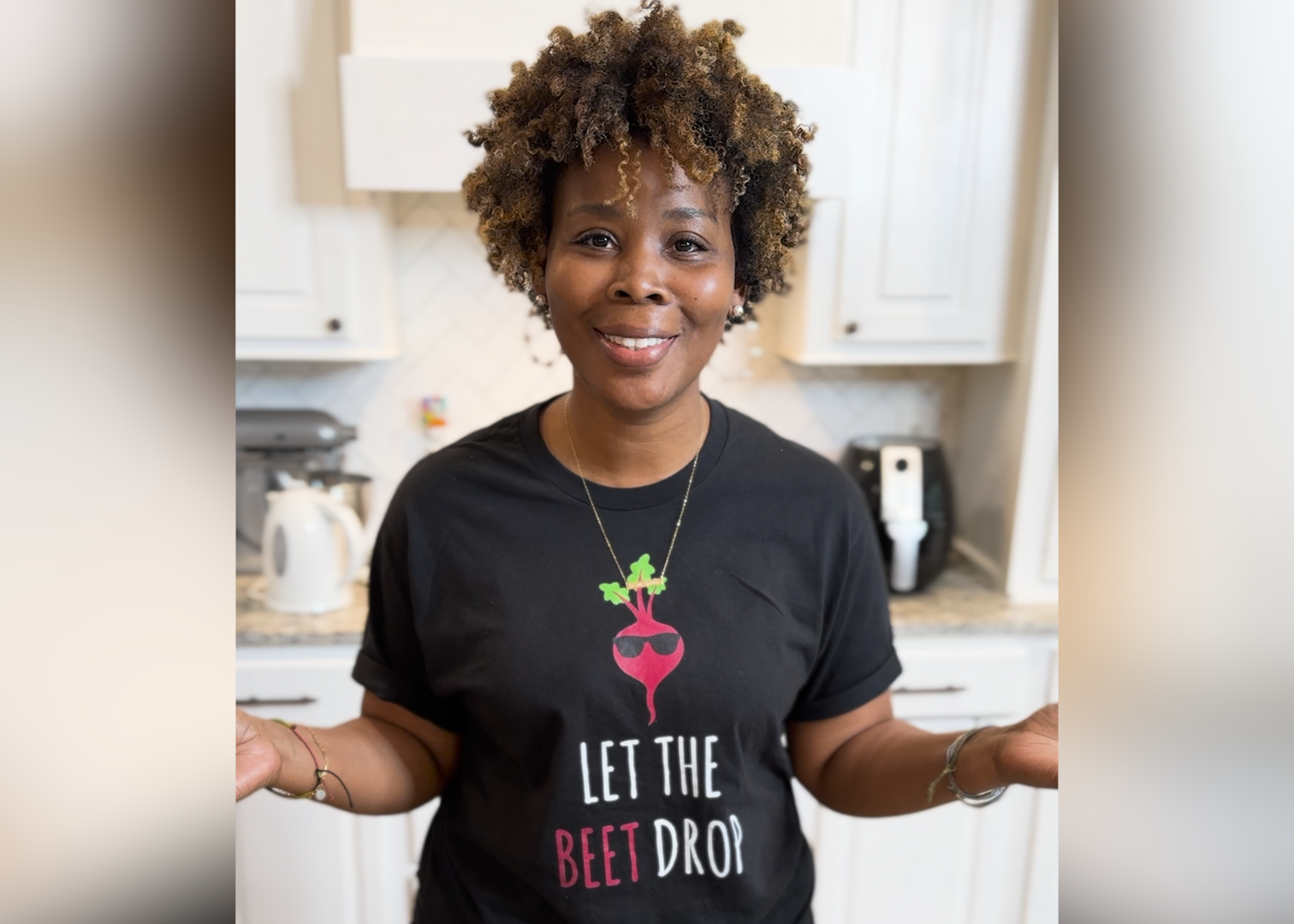How to Reduce Plastic Waste

Out of the seven types of plastics that are manufactured, only two of them are commonly recycled. Making a few different choices can help cut down on the plastics that end up in the landfill. (Photo by fotofabrika/stock.adobe.com)
Did you know that not all items bearing the “chasing arrows” emblem can be recycled?
Whether you recycle or not, you probably are familiar with the “chasing arrows” emblem found on plastic products. But many consumers don’t know that this symbol denotes only the type of plastic an item is made from, not its ability to be recycled.
Of the seven types of plastics that are manufactured, only two of them are commonly recycled. That means 80 percent of plastics go to the landfill. Over time, those items break down into tiny pieces, referred to as microplastics and nanoplastics. These particles are a topic of much discussion right now because they sometimes end up in our waterways and oceans, impacting animal and human health.
So, you may be wondering what you can do about it. Even though you can’t control the choices manufacturers make, you can still help reduce the amount of plastic that ends up in the landfill. Sherry Surrette, MSU associate Extension professor of sustainable living, offers the following tips on reducing plastic waste:
· Refuse unnecessary plastics. One of the simplest ways to reduce plastic waste is to simply refuse unnecessary plastics such as plastic drinking straws, cup lids, and shopping bags when they are offered to you. Also, refuse products that are packaged with unnecessary plastic such as prepackaged snacks and produce.
· Replace disposable plastics with reusables. Some reusable alternatives to everyday plastic items include shopping bags, water bottles, tableware, food storage containers, bath bar soap, and powder laundry or dishwasher detergent stored in paper boxes.
· Check local recycling guidelines for plastics. Understand which plastics are accepted in your area by contacting your local government for details. Also, check out the Mississippi Department of Environmental Quality (MDEQ) Recycling Directory.
· Recycle plastic correctly. Check containers for resins #1 and 2. If a container does not have a code, remember “when in doubt, leave it out”. Putting non-recyclable plastics and recyclables in the same bin is considered contamination, which will result in recyclers sending an entire load to a landfill. Also, plastics must be clean to be recycled. Wash out any residue left in containers. Finally, never put plastic bags in with recyclables! They are a safety hazard and jam up recycling machinery. Instead, take plastic bags and other plastic films to your local grocery store or other participating retailers.
· Buy in bulk. Buying in bulk reduces the amount of disposable plastic packaging used to hold food.
For more ways you can reduce plastic waste, check out Extension Publication 3959, “Know the Numbers: Reduce Plastic Waste.”
Extension Publication 3913, “Recycle Right! Know the Basics” can help you identify the types of residential items that are accepted and not accepted at recycling facilities.
You can check the MDEQ Recycling Directory to find the types of recycling facilities available in your area.
Subscribe to Extension for Real Life
Fill in the information below to receive a weekly update of our blog posts.









